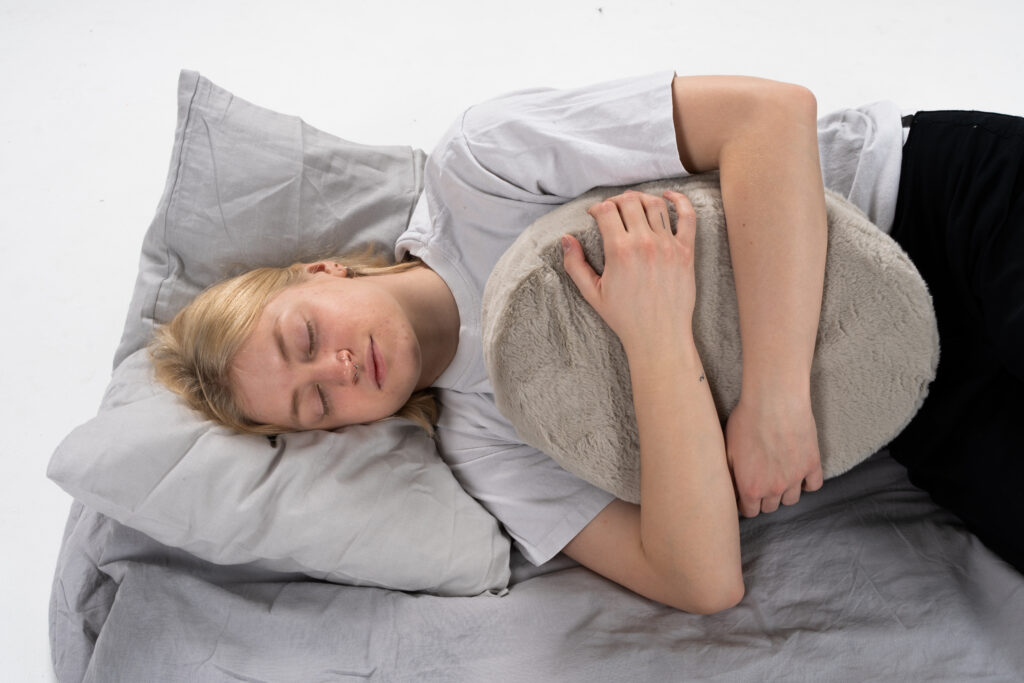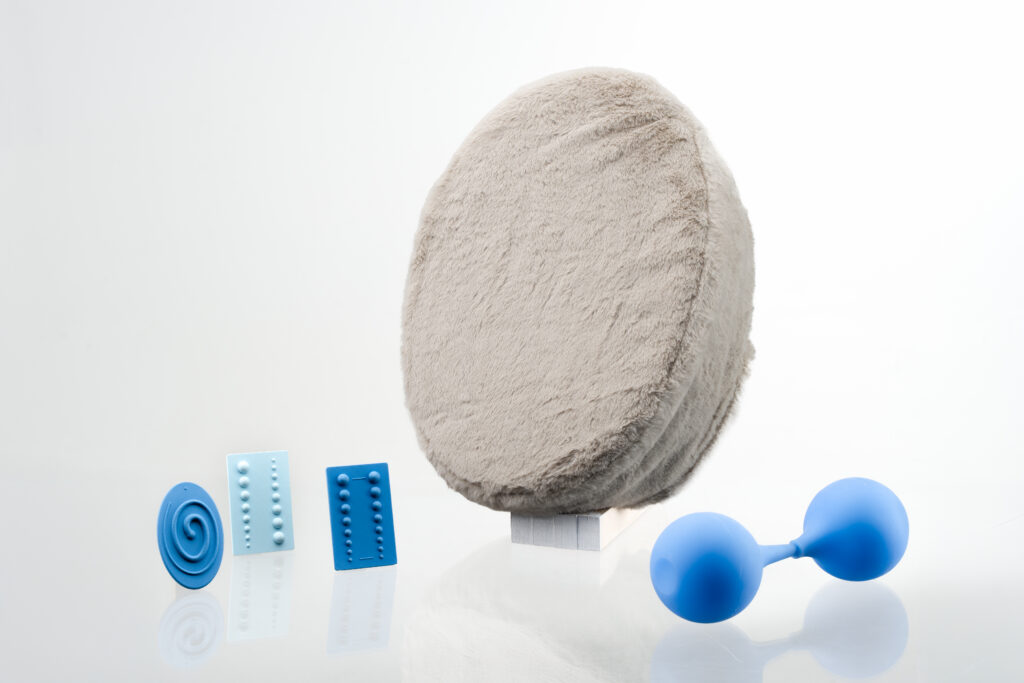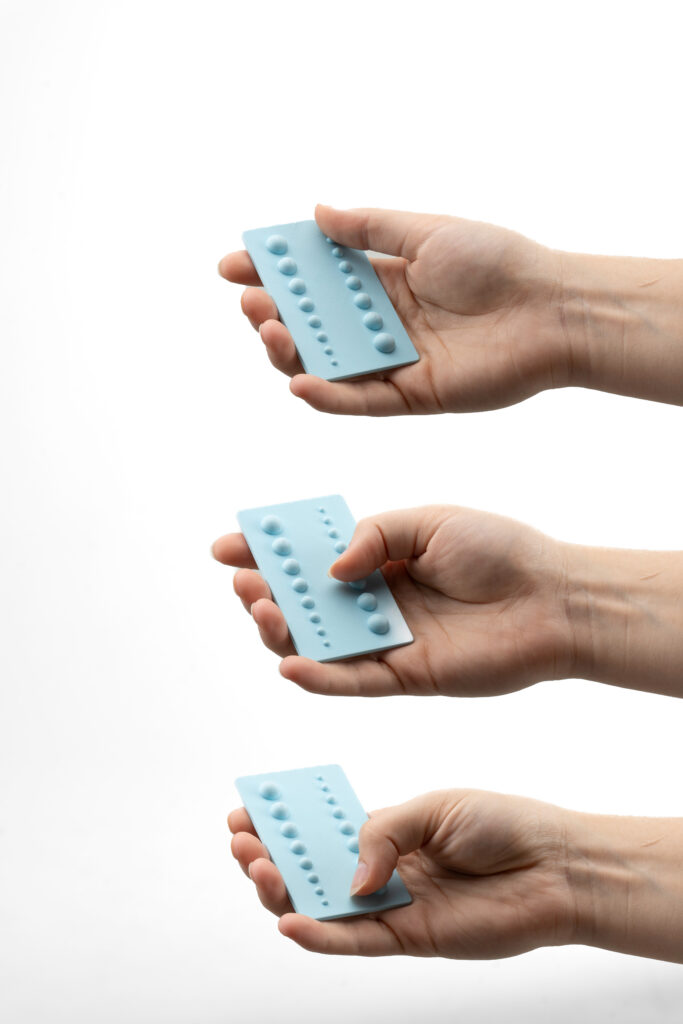Ärevushäiretega inimestel aitavad hingamisharjutused ärevuse hetkedel rahuneda, kuid tihti ei suudeta neid õigesti teha – ollakse liiga endi peas kinni, hingatakse
pinnapealselt ega suudeta harjutust tehes end kontrollist vabaks lasta. Selle asemel, et keskenduda hingamisele sekundi täpsusega, võiks seda tajuda.
Minu lõputöö eesmärk on uurida, milliste lahenduste abil saab muuta hingamisharjutuste sooritamise protsessi intuitiivsemaks. Katsetades näiteks õhu liikumise, füüsilise tunnetuse ja visuaalse liikumise tuge. Analüüsin ärevushäirete ja hingamistehnikate kohta käivat teavet, uurin olemasolevaid lahendusi ja viin ellu idee- ja katsetamisprotsessi.
Selle tulemusena sünnivad prototüübid abivahenditest, mis lihtsustavad hingamisharjutuste sooritamist.
For people with anxiety disorders, breathing exercises can help calm them during moments of distress, but often they struggle to perform these exercises correctly—they’re stuck in their heads, breathe too shallowly, and cannot let go of control while practicing. Instead of focusing on the precise timing of each breath, the act of breathing could be something to sense.
The aim of my graduation project is to explore ways to make the process of doing breathing exercises more intuitive. I experiment with support mechanisms such as airflow, physical sensation, and visual movement. I analyse information on anxiety disorders and breathing techniques, examine existing solutions, and carry out an ideation and testing process.
As a result, prototypes of assistive tools are developed to simplify and enhance the practice of breathing exercises.










